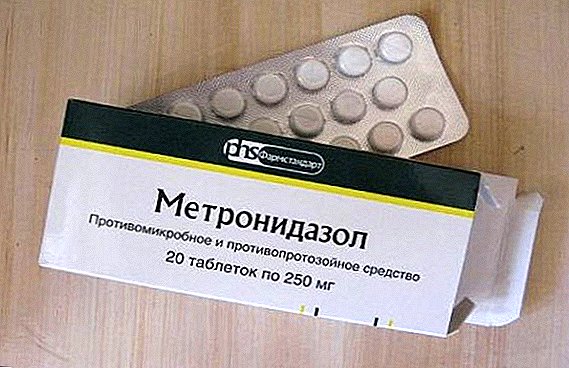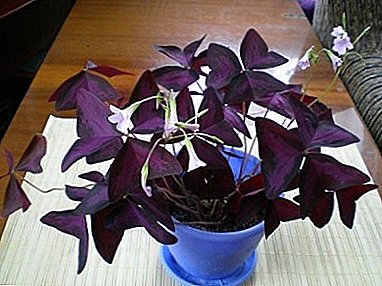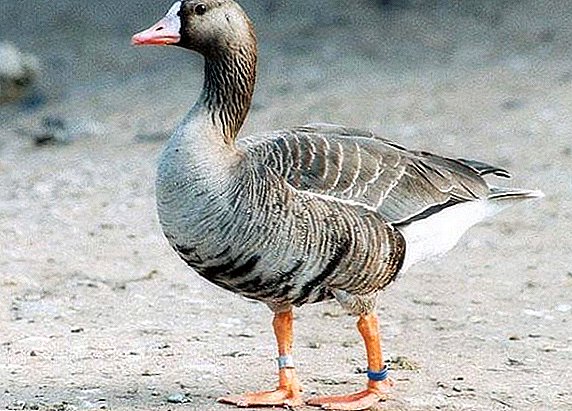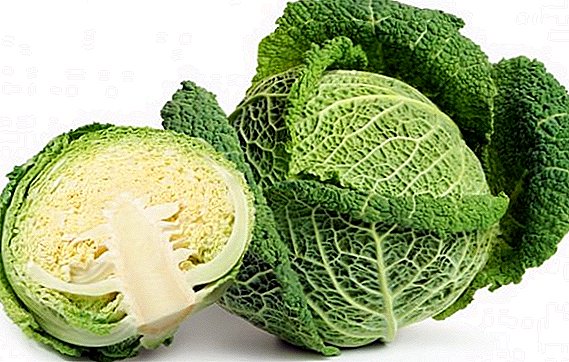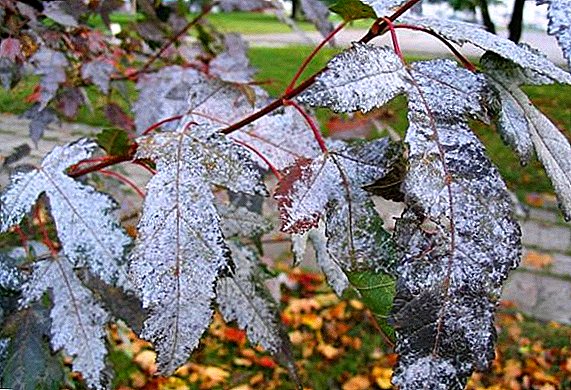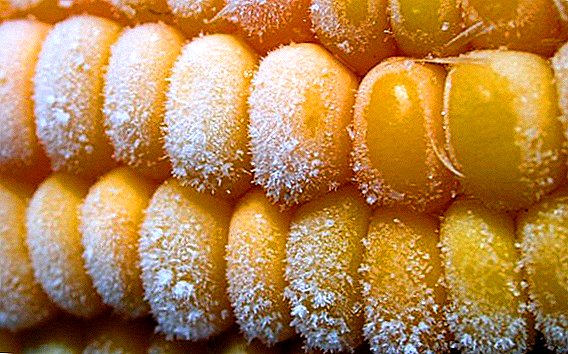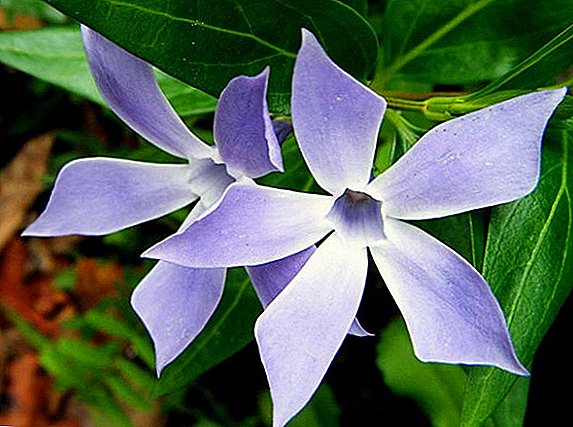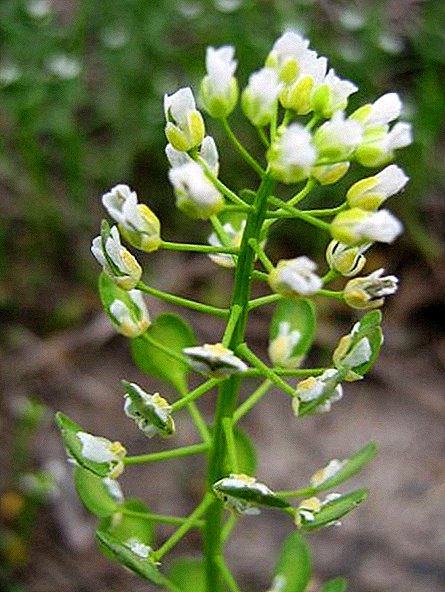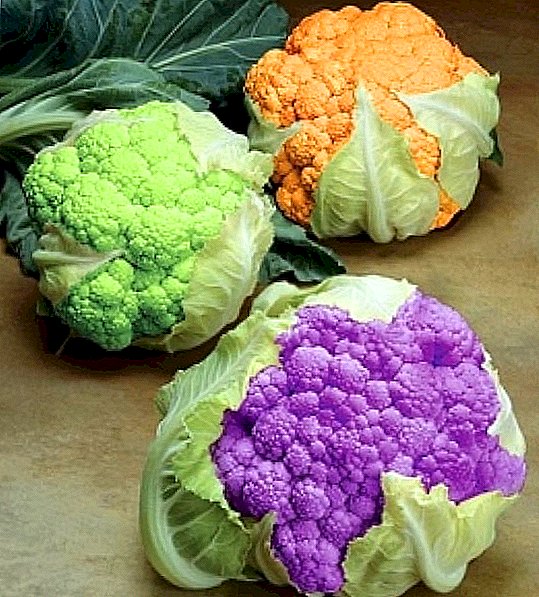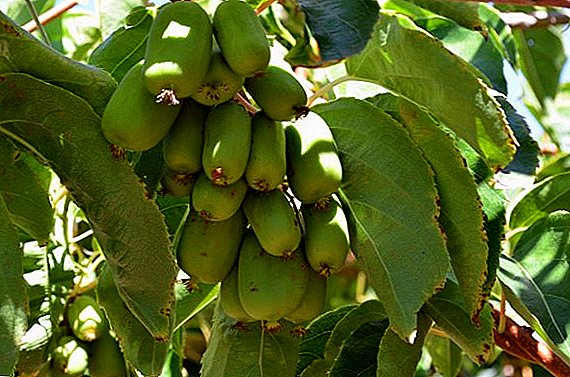 Actinidia (Actinidia) is a woody liana of the Aktinid family. Delicious actinidia is an exotic kiwi, the original, juicy, tasty, wholesome fruit in Russia has long been loved by both children and adults. Today, these berries can not only be bought, but grown on one's own plot, as there are varieties suitable for the climate of Northern Palmyra.
Actinidia (Actinidia) is a woody liana of the Aktinid family. Delicious actinidia is an exotic kiwi, the original, juicy, tasty, wholesome fruit in Russia has long been loved by both children and adults. Today, these berries can not only be bought, but grown on one's own plot, as there are varieties suitable for the climate of Northern Palmyra.
Did you know? There are two versions of the origin of the name Actinidia. In Greek, actinidia means "ray", in Latin - "asterisk". And it went because of the unusually located ovaries of the plant, which in form resemble either a glittering star, or a shining sunbeam.
Actinidia: general description
Actinidia is a liana shrub with curly stems and fruit berry. The rind of the berries is hard but thin, it can be of a different color - greenish-yellow, yellow-orange, sandy brown, brown and even purple. Berries are fragrant, sugary, multi-seeded, oval-oblong, rounded at the ends or pear-shaped, not edible in all species. Fruit weight - from 2 to 28 g. The leaves are green, whole, sharp-toothed, rounded with an elongated top.
Did you know? In total, slightly more than 70 types of actinidia are known. In natural conditions, they grow mainly in East and South Asia, in the Far East.
Varieties for the cultivation of actinidia in the Leningrad region
Despite the fact that actinidia is considered a "southerner", its cultivation in the Leningrad region is quite successful today.
 It is known that in the late 19th and early 20th centuries, actinidia were already grown in Petersburg and its environs, however, in private greenhouses and botanical gardens. And in the 30s. last century, the first Russian frost-resistant varieties of actinidia, adapted for our climate, were developed. The work on their removal was carried out by the famous breeder I.V. Michurin. Breeding work continues and now his followers - the modern Russian scientists, breeders.
It is known that in the late 19th and early 20th centuries, actinidia were already grown in Petersburg and its environs, however, in private greenhouses and botanical gardens. And in the 30s. last century, the first Russian frost-resistant varieties of actinidia, adapted for our climate, were developed. The work on their removal was carried out by the famous breeder I.V. Michurin. Breeding work continues and now his followers - the modern Russian scientists, breeders.
Important! Best of all, varieties of actinidia bred by domestic specialists take root and bear fruit — foreign varieties are not winter-hardy enough for the Leningrad Region.
"Worthy"
Fruit weight - 2-2.5 g. The taste is sweet with a barely perceptible sour taste. The content of vitamin C - 1100-1155 mg / 100 g, sugar content - 7.5-7.7%.
Important! Most varieties of actinidia are dioecious. This means that you need to plant both female and male plant forms at the same time. For 4-5 female specimens, one male is enough.
"Leningradskaya"
 Having set as a goal the cultivation of actinidia in the Leningrad region, the successful result of its selection was called actinidia "Leningradskaya". This is a variety with high frost resistance, large-fruited - berry weight 5-6 g Berries - with a persistent pineapple smell, ovate-spherical, sugary - 14% of sugars, vitamin C content - 1414 mg / 100 g.
Having set as a goal the cultivation of actinidia in the Leningrad region, the successful result of its selection was called actinidia "Leningradskaya". This is a variety with high frost resistance, large-fruited - berry weight 5-6 g Berries - with a persistent pineapple smell, ovate-spherical, sugary - 14% of sugars, vitamin C content - 1414 mg / 100 g.
VIR-1
The variety was bred and grown at the VIR station (All-Union Institute of Plant Industry, Leningrad Region, Pavlovsk), like many other varieties, hence the name. Berry weight - 4.1-5 g. The content of vitamin C - 1000-1045 mg / 100 g, sugar content - 10-10.7%.
Did you know? The advantages of Russian varieties of actinidia over imported ones are not only in improved cold resistance, but also in larger fruits, better yields, high sugar content, rich aromas of berries and richness of taste.
"Pavlovskaya"
 Another variety bred on the basis of the All-Union Institute of Plant Industry. Berries weight - 2.8-3.4 g, shape - elongated conical, taste sweet and sour. The aroma is apple. The peel is dull green with long strips of light color. Vitamin C - 1500-1547 mg / 100 g, sugar content - 11.5-11.8%.
Another variety bred on the basis of the All-Union Institute of Plant Industry. Berries weight - 2.8-3.4 g, shape - elongated conical, taste sweet and sour. The aroma is apple. The peel is dull green with long strips of light color. Vitamin C - 1500-1547 mg / 100 g, sugar content - 11.5-11.8%.
"Victory"
Actinidia of this variety is perfect for the Leningrad region. It is a well-established, productive, winter-hardy variety. Berries - 2.5-3 g, sweet-sour taste, with fragrant smell. Maturation average - mid-August. The content of vitamin C - 500-700 mg / 100 g, sugars - up to 12%.
"Gourmand"
Variety srednerosly, ripening medium - early-mid-August. Fruits - light green, pressed into the sides, cylindrical, large-fruited berry - 3.2-5.2 g, tender, sweet and sour. Aroma - pineapple, sugar content - 12.5%, vitamin C - up to 1600 mg / 100 g
"Sugar"
The variety is of medium ripening (early August), large-fruited. Berry weight - 2.8-3 g. The skin of a juicy light green shade with a small blush. The taste is sour-sweet (sometimes to the edge of edge), the aroma is pronounced strawberry.
Did you know? Actinidia in the garden is not only healthy and tasty berries, but also a decoration for any plot. Its sinuous, oddly shaped stems, magnificent monophonic or colorful foliage will be look great by themselves and in combination with any other vegetation - trees, shrubs, flowers. Actinidia is also decorated with watches, fences, facades of gazebos, extensions and houses - this is a spectacular vertical gardening.
"Festival"
 This actinidia is often found in the Leningrad region. It has excellent seed germination and cuttings survival. The peel is gray-green. Fruits - small - 1.6-1.7 g, conical, oblong. The aroma is strawberry. The content of vitamin C - 1500-1525 mg / 100 g, sugar content - 13.8-14%.
This actinidia is often found in the Leningrad region. It has excellent seed germination and cuttings survival. The peel is gray-green. Fruits - small - 1.6-1.7 g, conical, oblong. The aroma is strawberry. The content of vitamin C - 1500-1525 mg / 100 g, sugar content - 13.8-14%.
Did you know? The fruits of actinidia consumed fresh, dried, prepare them compotes, jellies, jellies, jams, preserves, rubbed with sugar.
"Fantasy"
Early variety. Berries with pineapple aroma of conical shape, elongated. Peel - greenish-yellow with rozovinka and longitudinal light stripes. Mass - 3-4 g. The taste is sweet and sour. The content of vitamin C - 1800-1900 mg / 100 g, the sugar content - 14-14,4%.
Features of cultivation of actinidia in the Leningrad region
Actinidia does not require any special cultivation techniques in the Leningrad region, but its landing is possible in early spring and early autumn. They are planted at the support - it can be a tree, a fence, a wall, specially hammered stakes, a thick rope or a large protective net. As the plant grows, you need to tie it up a little bit to the support, then it will strengthen, grow up and independently curl around it.
 For actinidia, good drainage is important and the soil is well fertilized when planted. Compost, humus, mixed in a 1: 1 ratio with sand or excavated soil is used as a fertilizer. The mixture is moistened and spread with a mound on the bottom of the pit, having previously laid it with stones, broken bricks, rubble. They put a sapling, leaning it against a support, cover it with soil (without tamping it strongly), pour it over and mulch it.
For actinidia, good drainage is important and the soil is well fertilized when planted. Compost, humus, mixed in a 1: 1 ratio with sand or excavated soil is used as a fertilizer. The mixture is moistened and spread with a mound on the bottom of the pit, having previously laid it with stones, broken bricks, rubble. They put a sapling, leaning it against a support, cover it with soil (without tamping it strongly), pour it over and mulch it.
Important! It should be borne in mind that even frost-resistant actinidia can die with temperature drops, which sometimes occur in winter and early spring. In a thaw, a plant may start to grow prematurely, and die on subsequent frost.
The most important thing in the cultivation of actinidia is not even its planting and care, but correctly selected seedlings and varieties, taking root in the Leningrad region
It is very important not to make a mistake in choosing a variety. - take exactly winter-hardy species and, of course, taking into account the dioeciousness of the vines, plant specimens of both sexes. Care includes dressing, pruning and timely watering. Actinidia is usually fed in the spring, after "hibernation" and just before flowering. For example, a superphosphate diluted in water (30g / 10 l of water) or wood ash (250-300 g for one plant) is used. Watering - as it dries, avoiding dampness of the soil and stagnant water. Pruning done only in the fall - cut off all the sick, damaged branches.
 If you are interested in the acquisition and cultivation of actinidia, it is better to buy seedlings in the nursery. This will eliminate the possibility of error when planting female and male vines, which is important for fruiting. If you plant an actinidia of the same sex, there will simply be no harvest.
If you are interested in the acquisition and cultivation of actinidia, it is better to buy seedlings in the nursery. This will eliminate the possibility of error when planting female and male vines, which is important for fruiting. If you plant an actinidia of the same sex, there will simply be no harvest.


